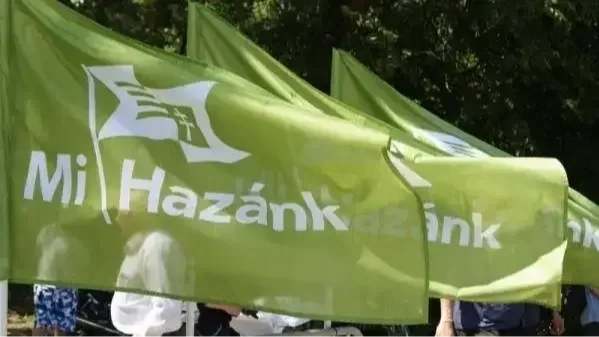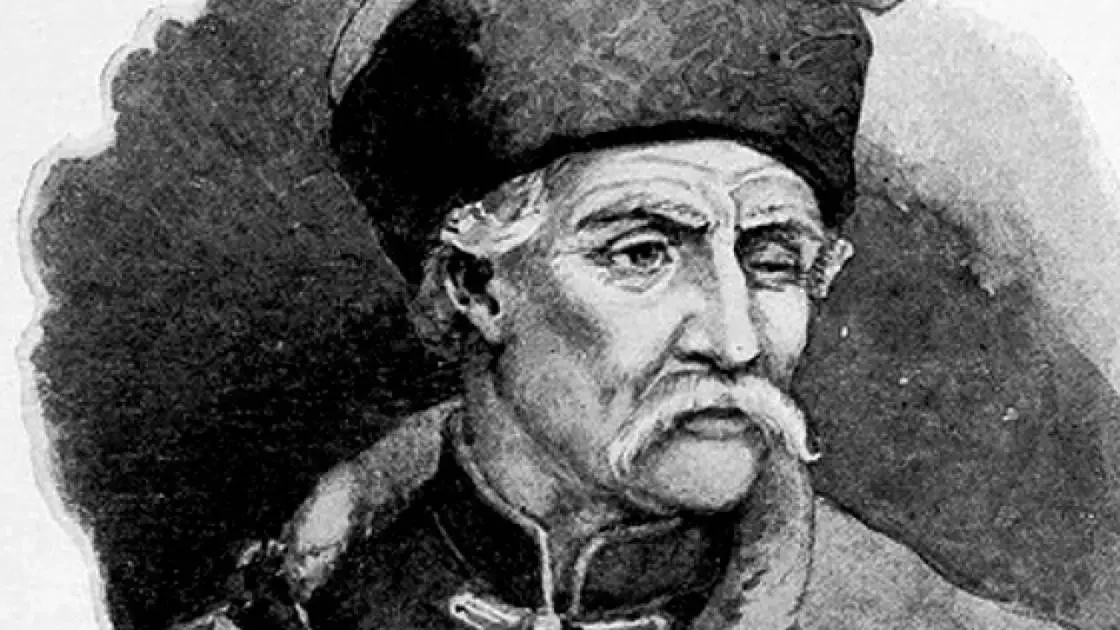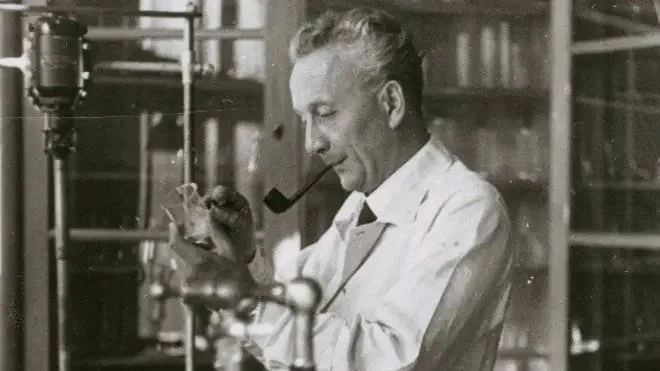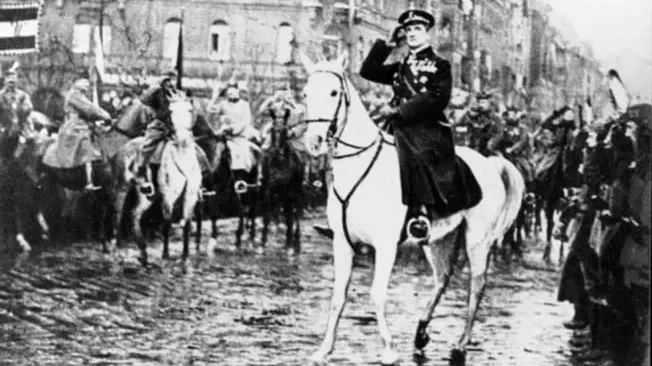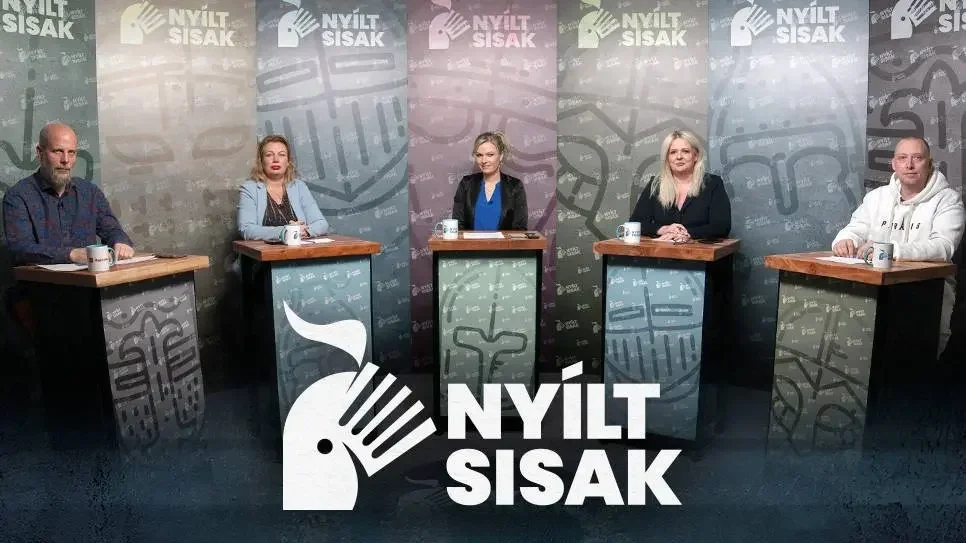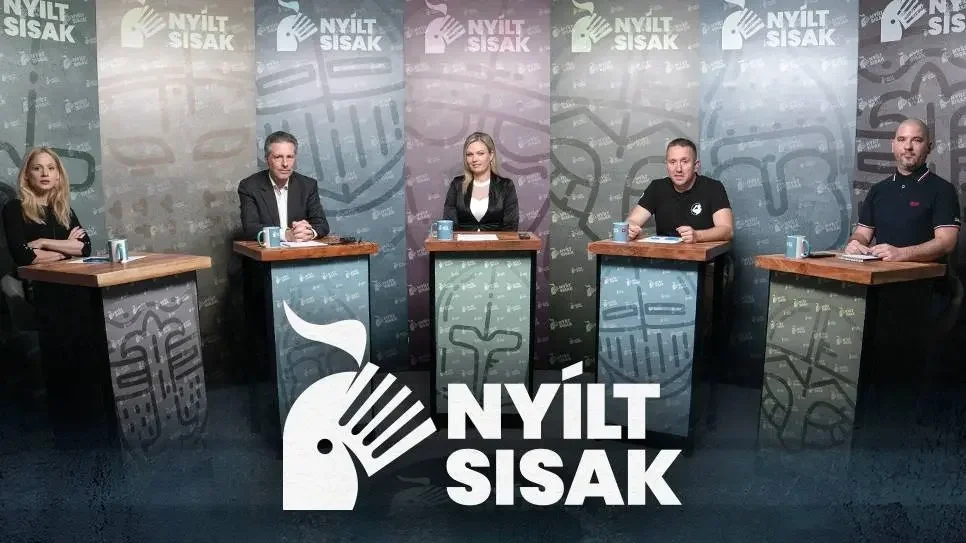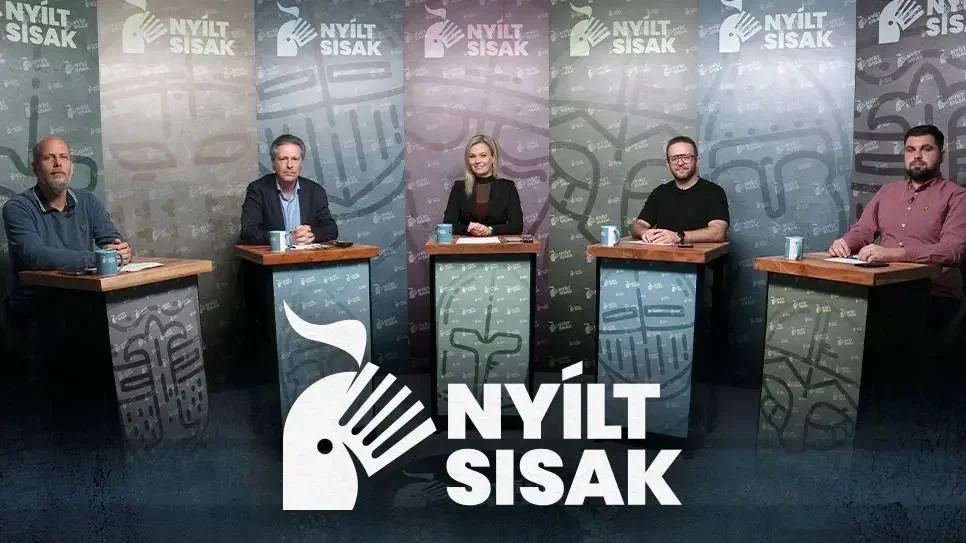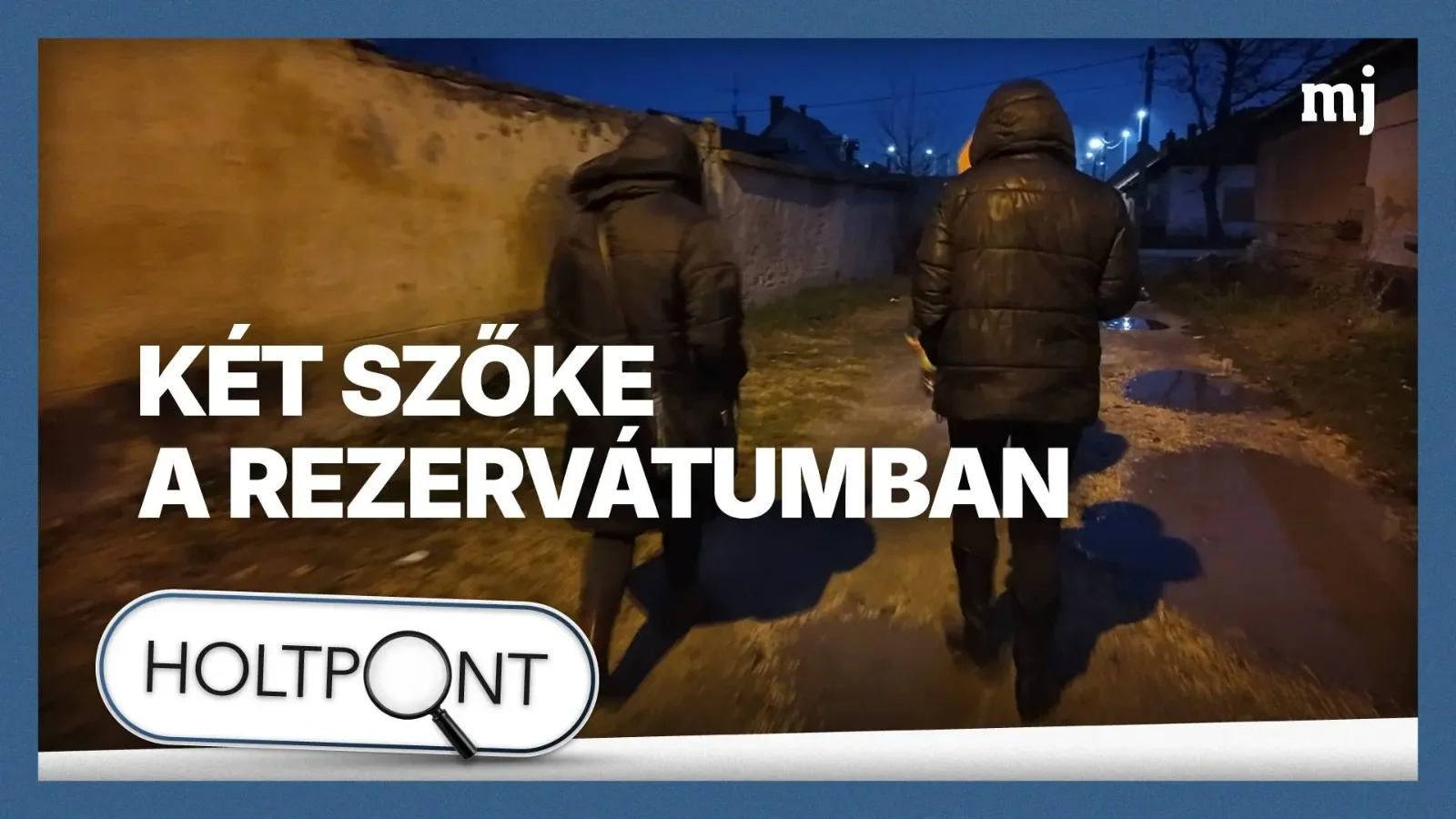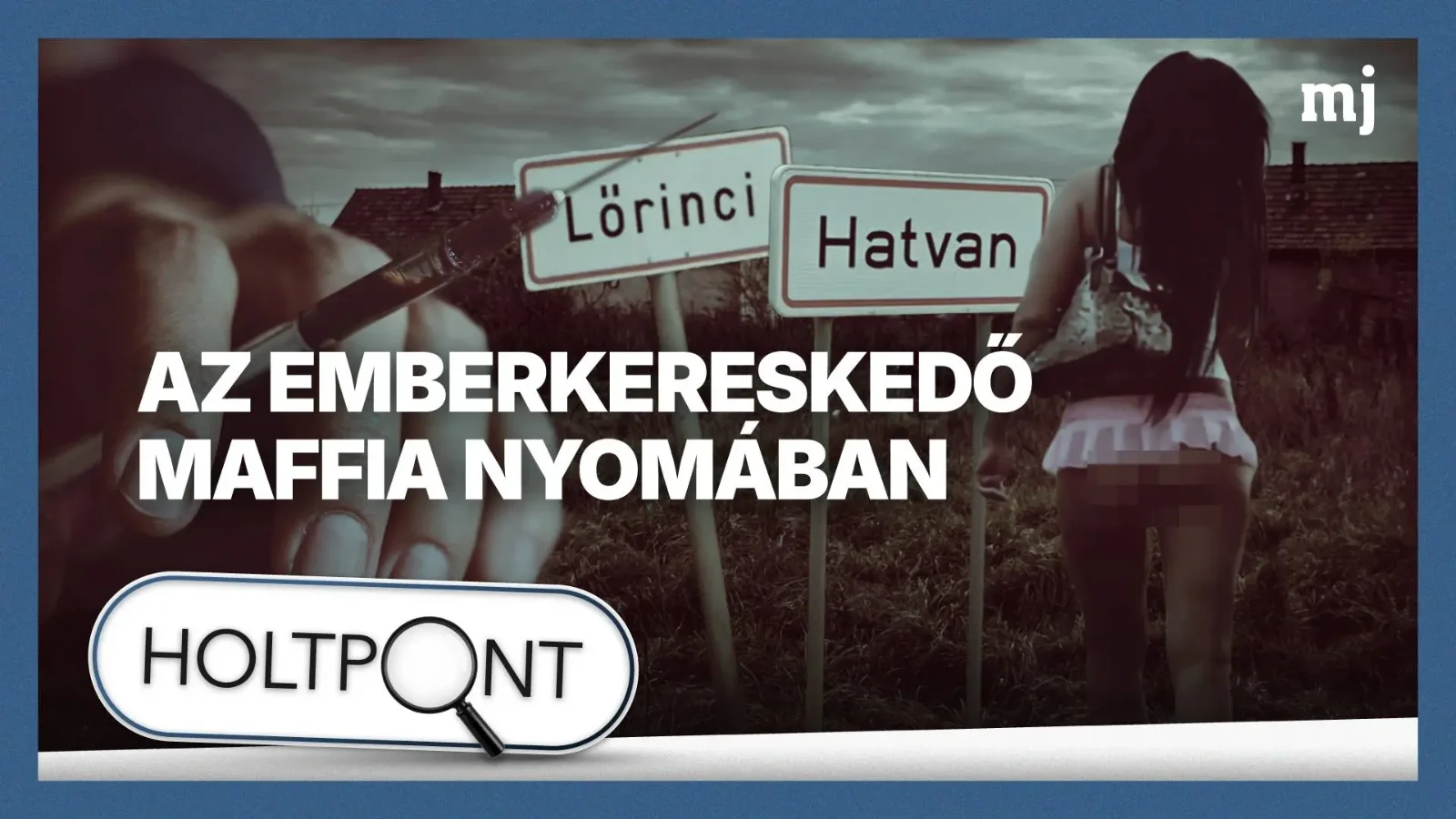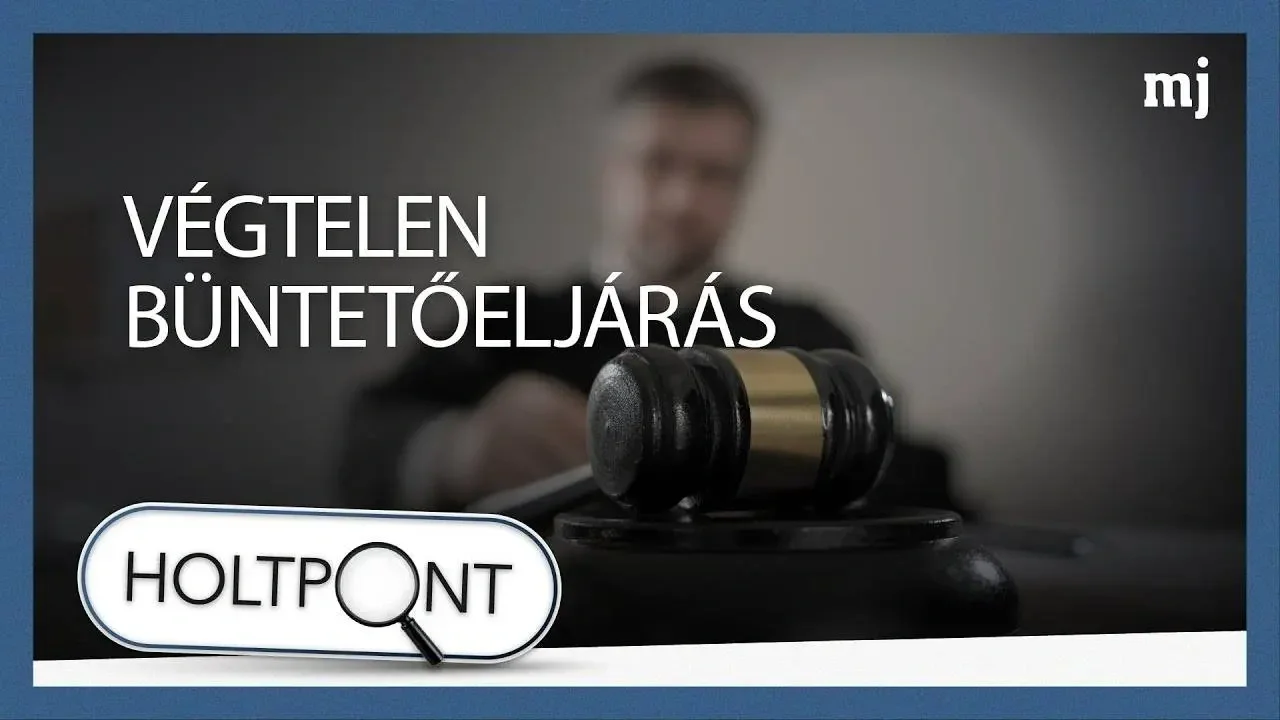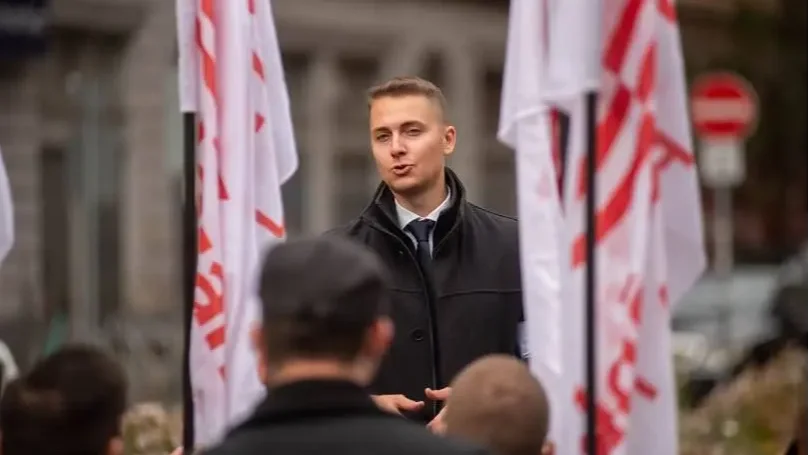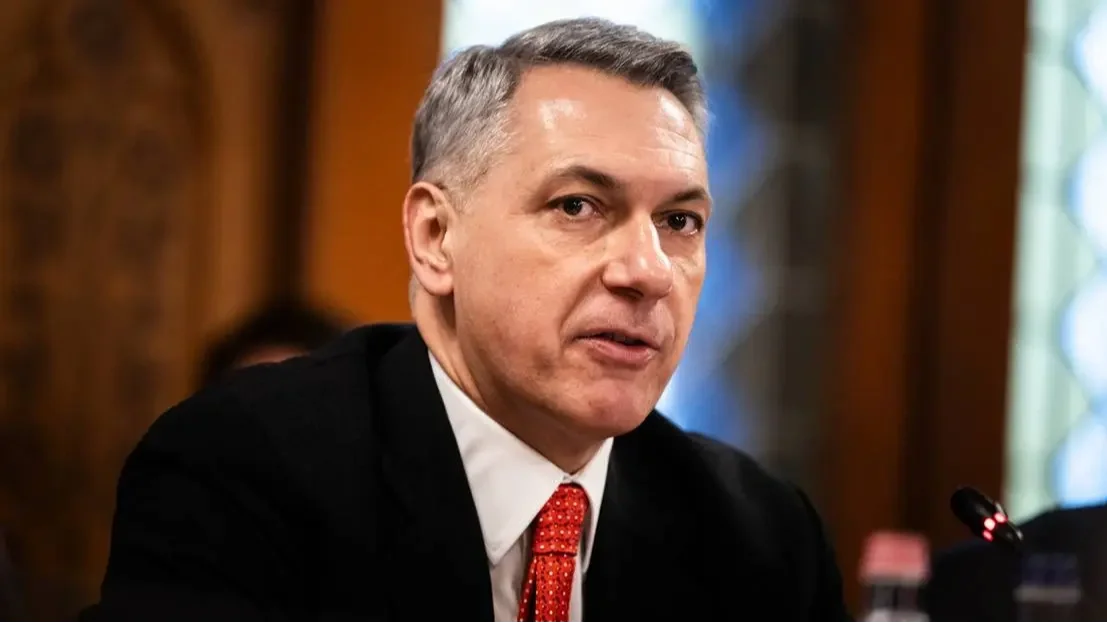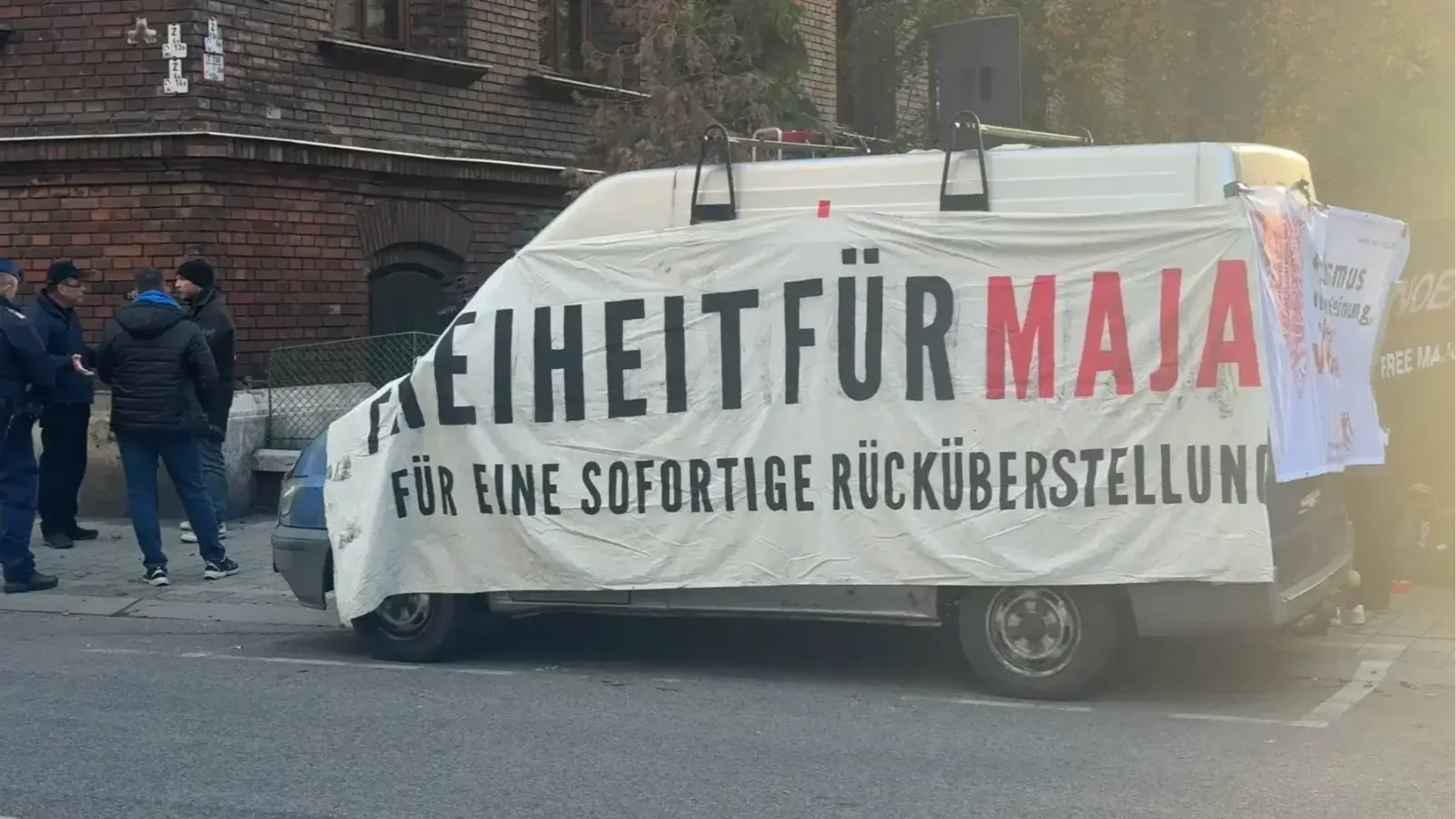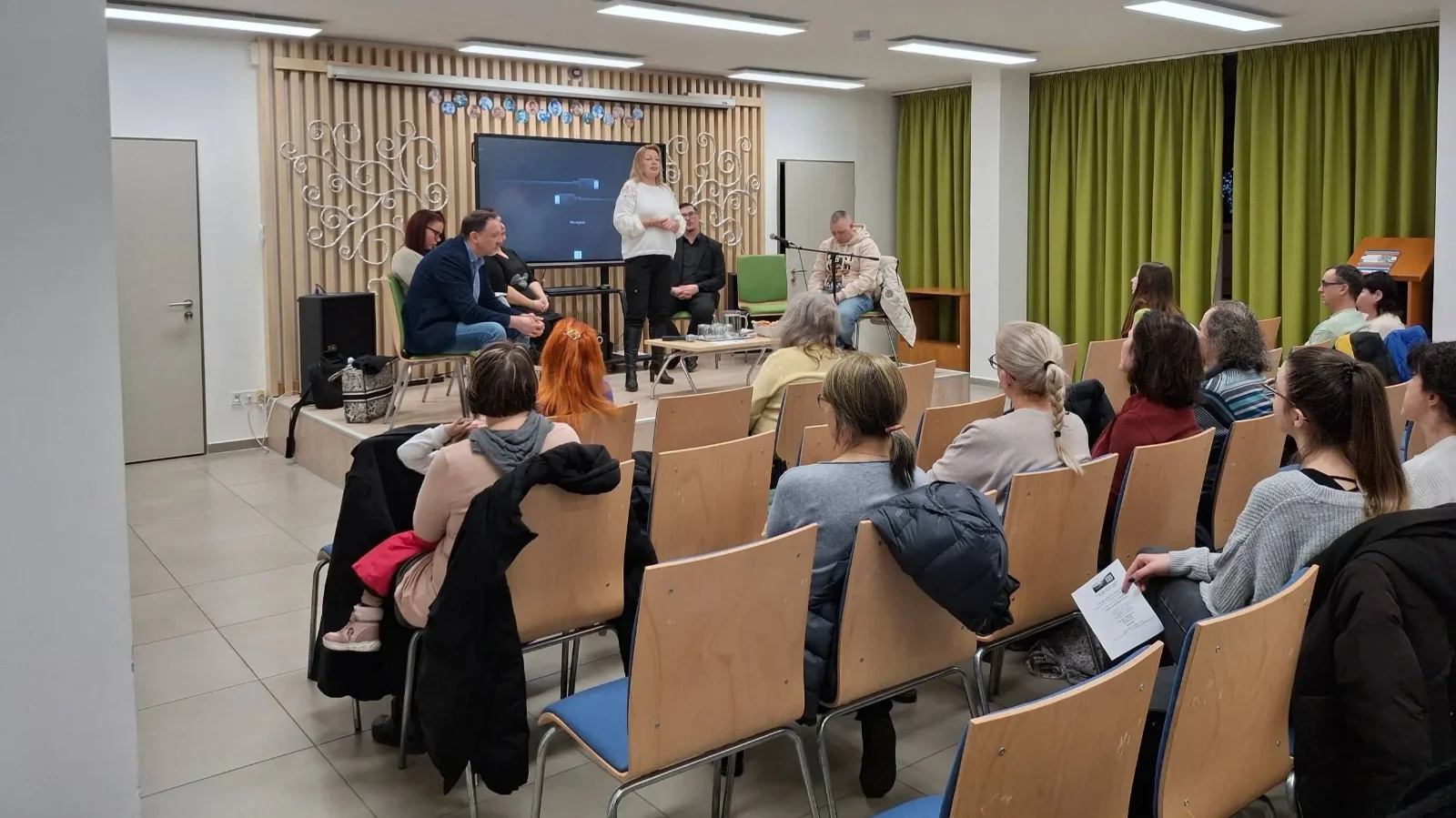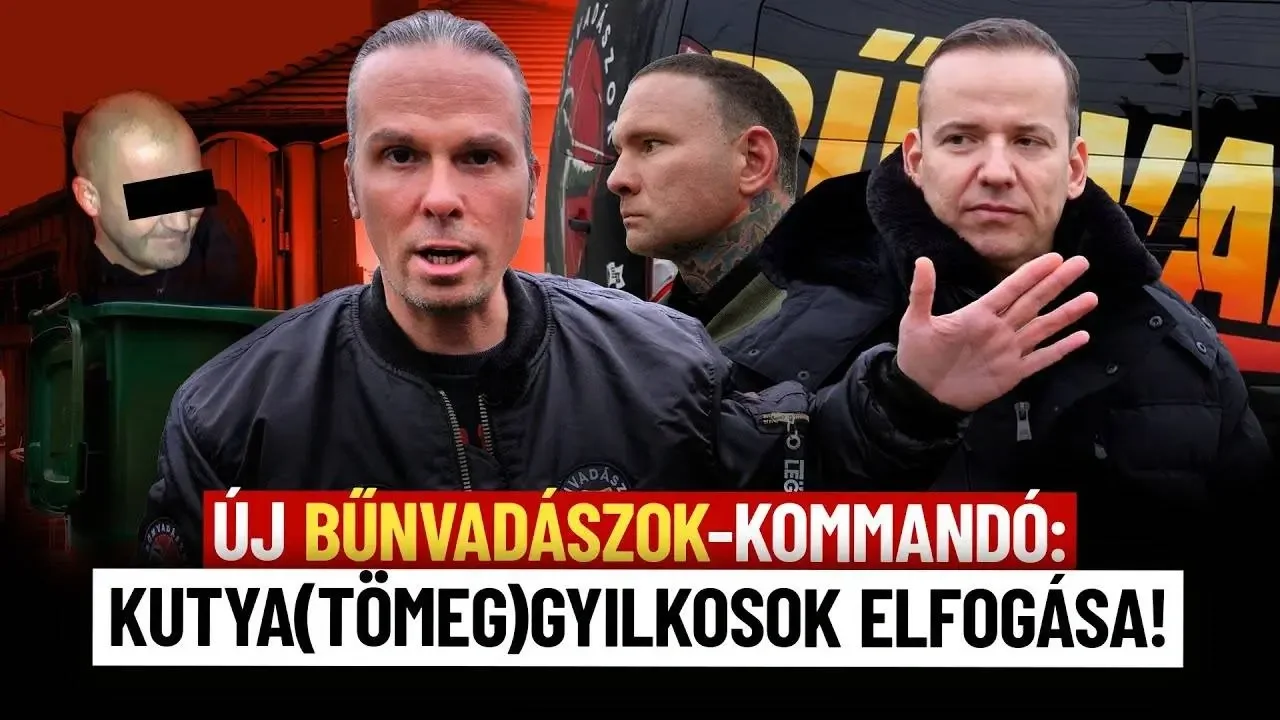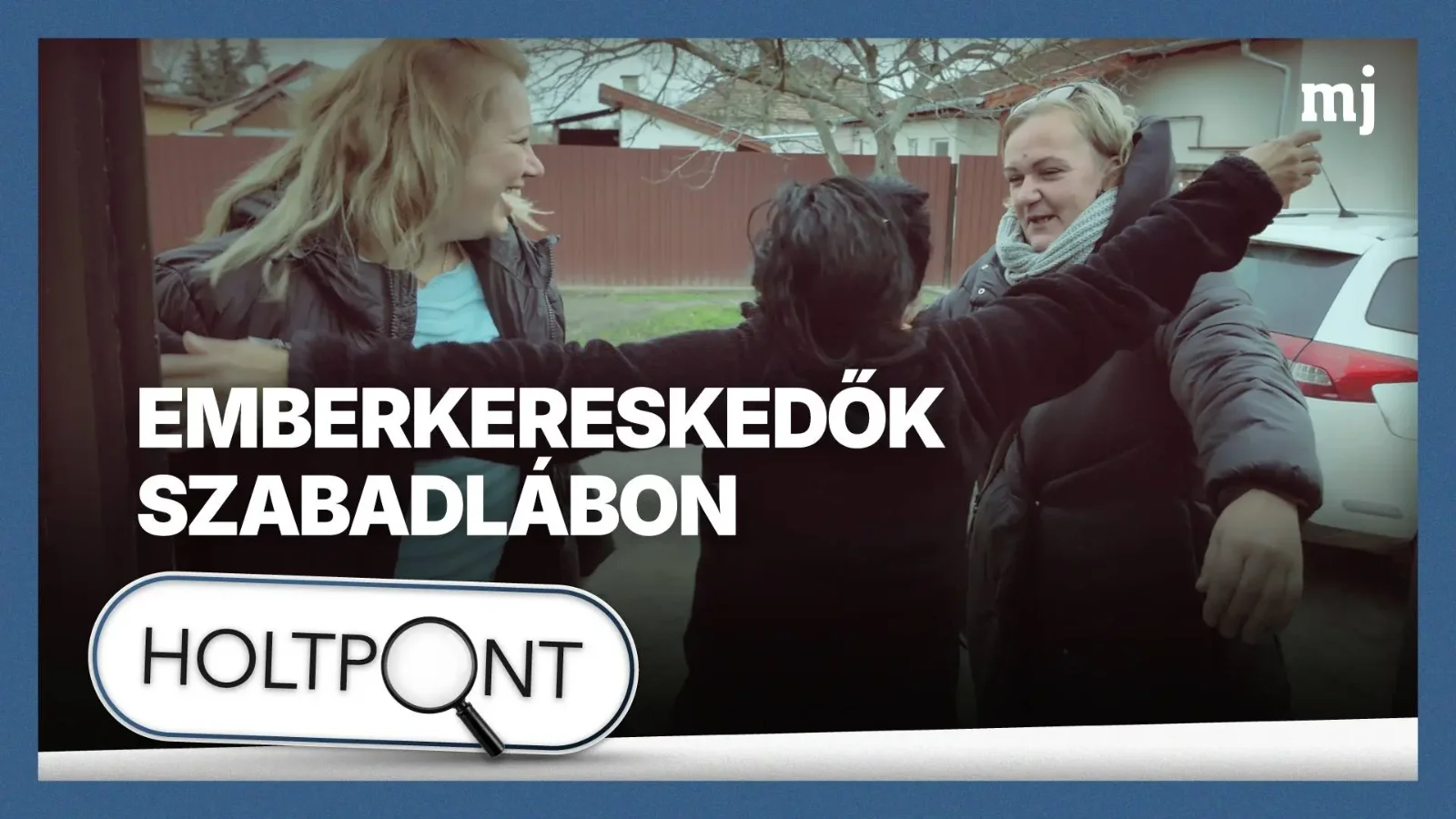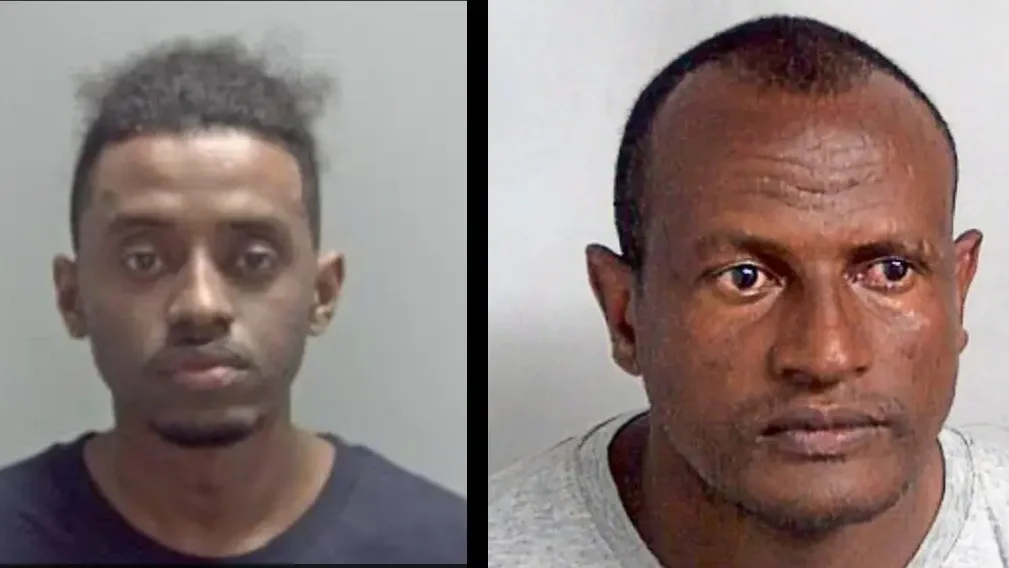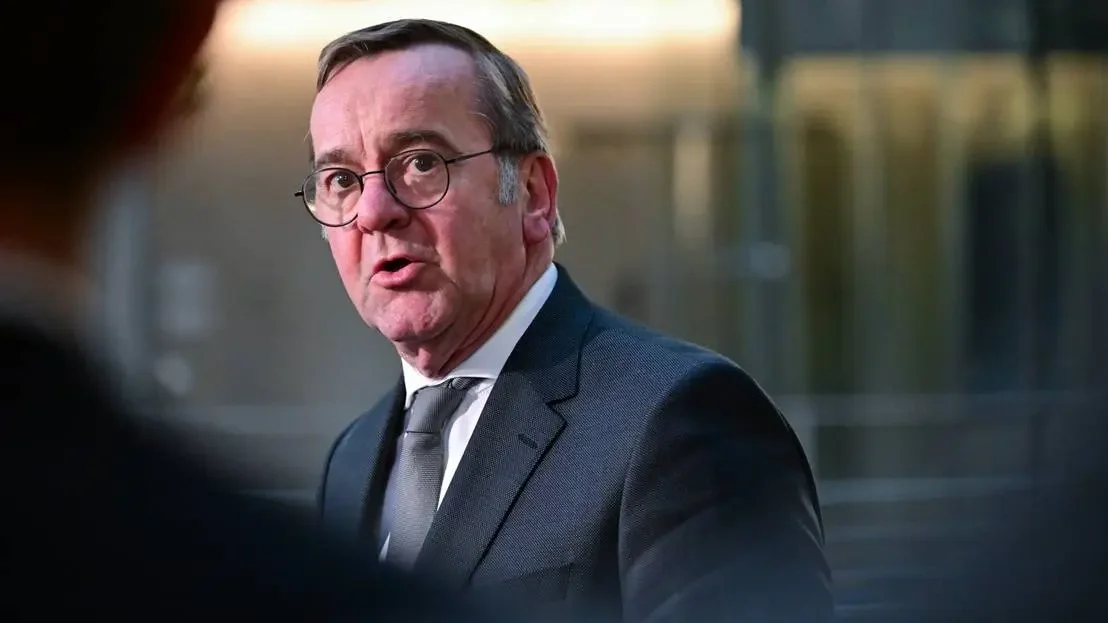When Church Bells Ring: A Franciscan Priest Stands Against a Hostile Crowd in Budapest
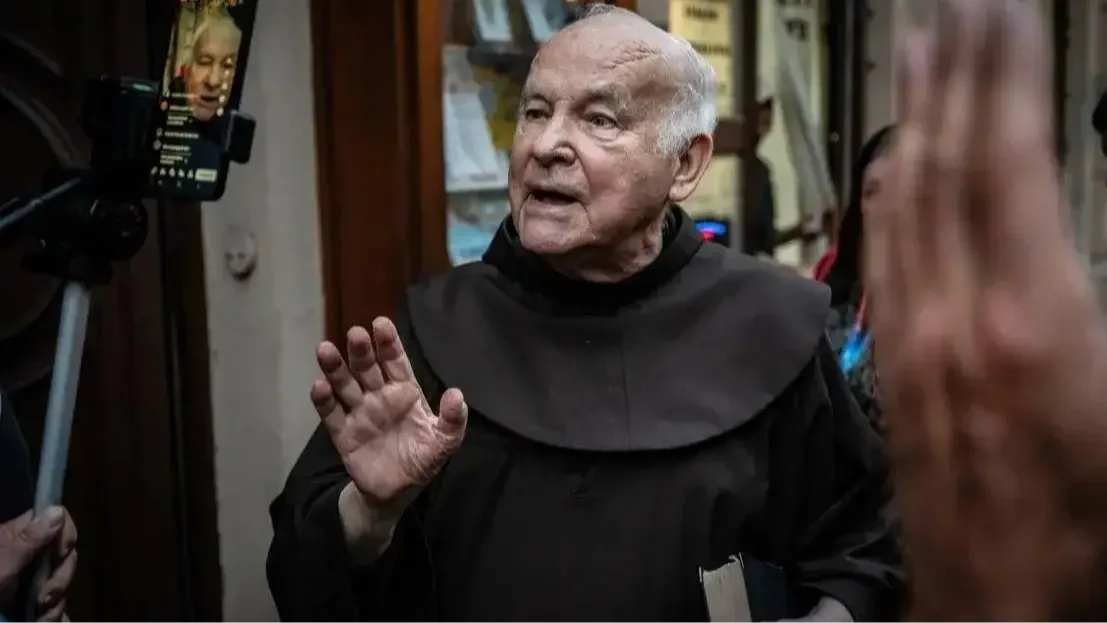
What began as a Tuesday evening protest by the globalist MP Ákos Hadházy turned into something far more disturbing on September 24 at Ferenciek Square in Budapest. The bells of the Franciscan church began tolling, calling the faithful to Mass. But the extreme leftist demonstrators would not wait out the interruption. A mob mentality quickly took over. Protesters stormed the sacred space, hurling insults at an 82-year-old priest who had dedicated his life to ministry and education.
The incident drew comparisons to Hungary’s darkest Communist period, the horrific 1919 Hungarian Bolshevik Republic under Béla Kun and later the Stalinist regime of Mátyás Rákosi, when clergy were persecuted and churches desecrated. For many Hungarians, seeing an angry crowd shout down a priest in his own church revived painful memories of religious persecution. Yet the assault on Father Pál Reisz is part of a broader, coordinated attack on Christian Hungary by globalist-funded NGOs and domestic collaborators.
Hadházy, a globalist-backed opposition figure despite his "independent" label, stages weekly protests at Ferenciek Square, drawing a committed core of extreme left-liberal activists who, despite their modest size, are amplified by international liberal media.
On that Tuesday, the demonstrators were loudly protesting when the church bells began their fifteen-minute call to prayer. For centuries, the bells of the Franciscan Church in the Inner City have rung at these appointed hours, following the ancient monastic tradition of the Divine Office, which are scheduled prayers that mark the rhythm of religious life.
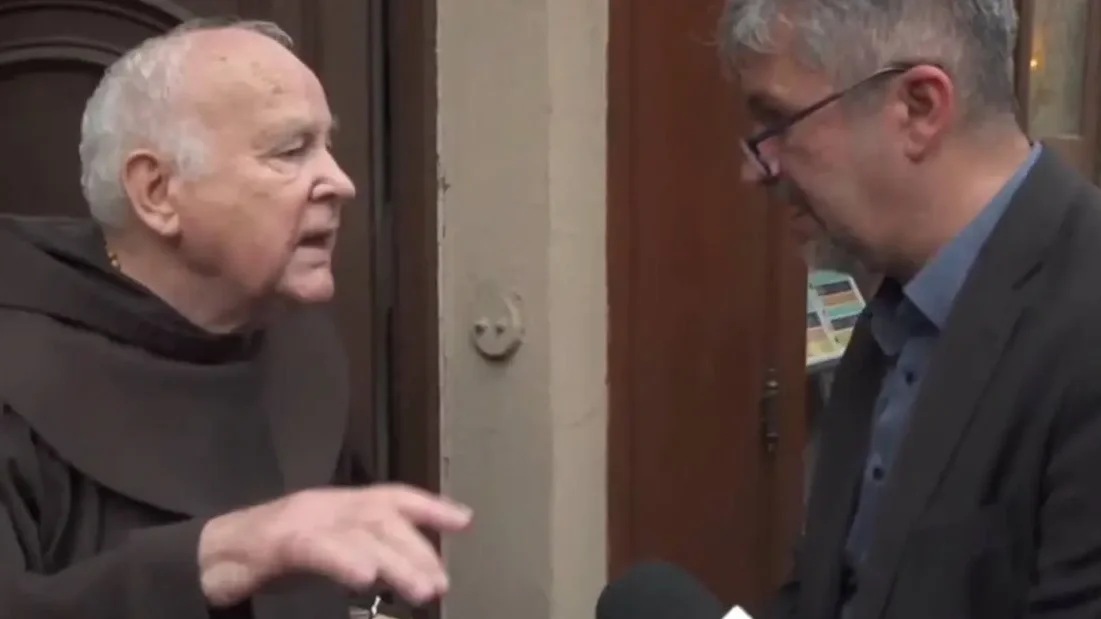
At first, Hadházy claimed the bells rang for Alexei Navalny, the late Russian opposition leader. This invocation reveals an attempt to import color-revolution tactics into Hungary, casting any opposition to his movement as aligned with authoritarianism. He then changed his story, accusing the priest of deliberately using the bells to disrupt the protest. The crowd grew more agitated. Several protesters, including one in a zebra costume, a symbol adopted by certain unhinged Hungarian left-liberal opposition activists, stormed into the church shouting "pedophile priests" and "shame on you."
This was no peaceful protest. It was mob violence, a deliberate invasion meant to intimidate an elderly man in his own sanctuary.
When the bells fell silent, Father Reisz emerged from the church holding a Bible. He came out to explain why the demonstrators’ behavior was offensive to worshippers and inappropriate at a sacred space. He was met not with dialogue but with a wall of hostility. The crowd jeered continuously, shouting "pedophile priests," shouting names such as Zsolt Semjén, Hungary’s Christian Democrat Deputy Prime Minister, and yelling "shame on you" at the elderly friar. Father Reisz showed remarkable courage, standing alone before an angry mob half his age and refusing to be intimidated in defense of the sacred ground.

Image source: Index
Father Reisz tried to explain to the demonstrators that churches and their surroundings are holy places where the divine meets the earthly and where special respect is expected. He explained that the church bells were not ringing to annoy anyone but to fulfill an ancient liturgical duty.
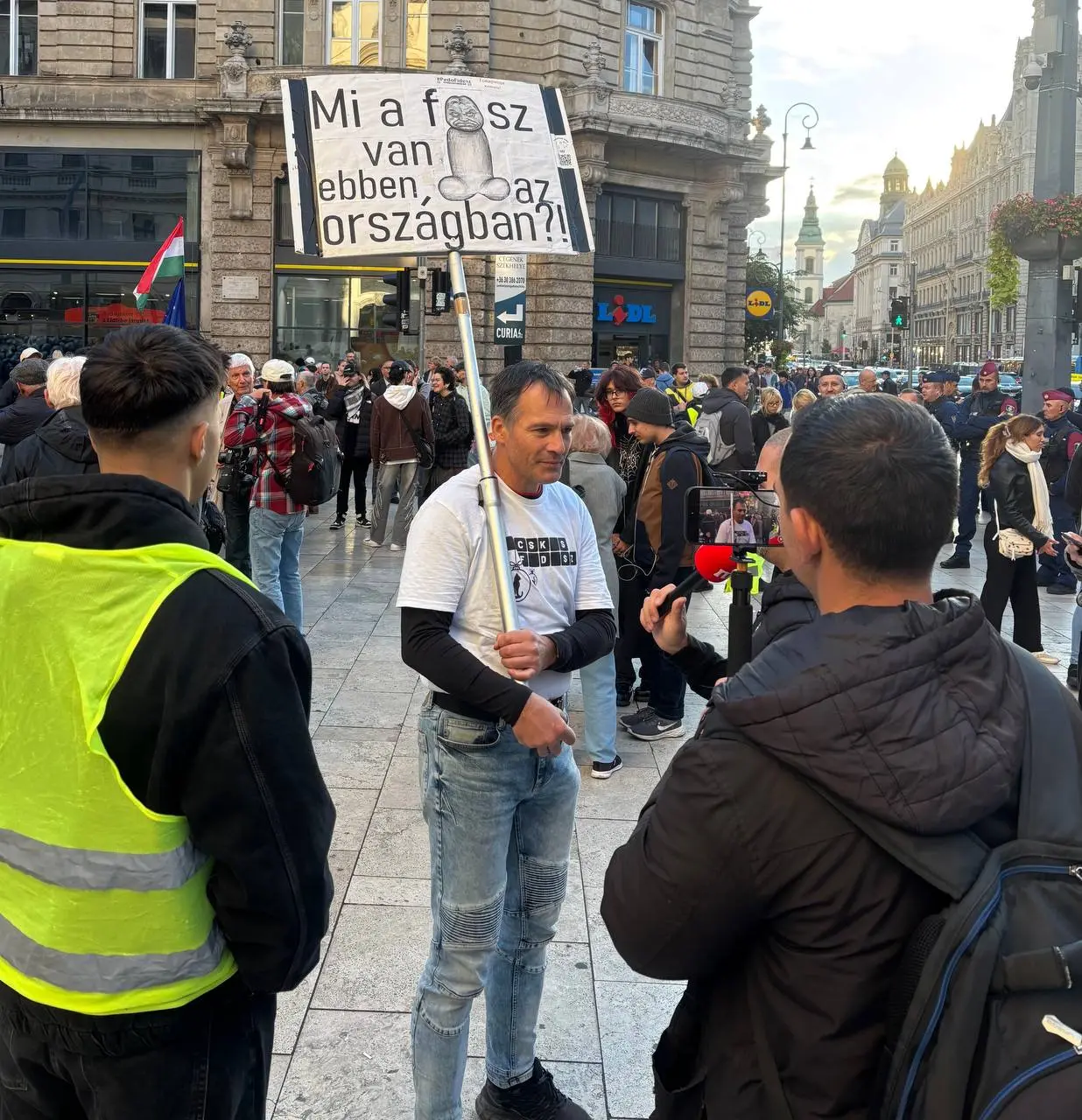 Source: Tamás Horváth
Source: Tamás Horváth
But his words didn't reach them. These protesters cannot tolerate what those bells represent. Every time those bells ring across Budapest, they proclaim that this remains a Christian capital, that Hungary's identity is inseparable from its Catholic heritage, and that there are still things in this world that will not bow to extreme secular progressive ideology.
Tamás Horváth, editor-in-chief of the conservative publication Magyar Jelen, witnessed the confrontation and described it bluntly: "While Hadházy interrogated the priest, the mob lined up behind him kept raging, booing, making anti-Christian remarks. The Catholic priest who bravely stood before this crowd demanding Barabbas explained that near a church there is no place for the signs and chants that characterize Hadházy's demonstrations week after week."
His reference to the crowds demanding Barabbas recalls the Gospel account of the mob calling for the release of a criminal rather than Christ. For these nationalist Christians, the confrontation represented an attack not just on one priest, but on the faith itself.
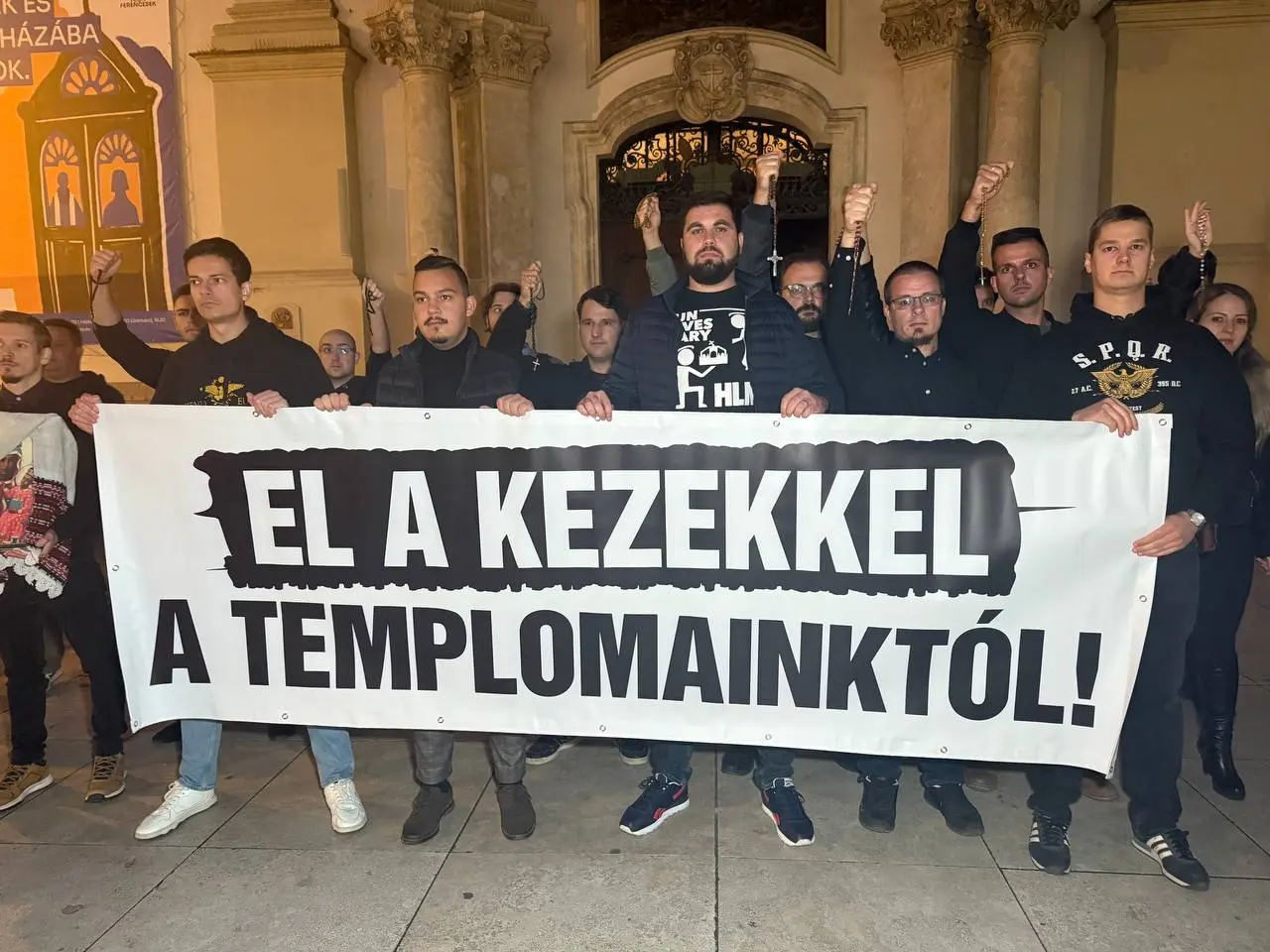 "Hands off our churches" - Source: Tamás Horváth
"Hands off our churches" - Source: Tamás Horváth
Magyar Jelen's staff had filmed one of Hadházy's earlier protests and documented the atmosphere there. One protester's sign read, "8mm would solve it, like back in Romania," a reference to the execution of Communist dictator Nicolae Ceaușescu. When asked about this sign advocating violence, Hadházy said that he wasn't happy it was there, but the person's "anger is justified." The hypocrisy becomes clear. Protesters calling for Ceaușescu-style executions are "justified," while church bells ringing for Mass are intolerable provocations.
After witnessing the assault on Father Reisz earlier this week, Horváth made a public promise: “If Hadházy and his people show up at Ferenciek Square again next Tuesday, my friends and I will be there to defend the church.” He added a warning: “This country is not the same as it used to be. People like Hadházy had better remember that.”
Father Reisz's story is one of dedication, persecution, and remarkable forgiveness. He spent his student years at the Temesvári Pelbárt Franciscan High School in Esztergom, one of Hungary's historic cities and the seat of the Catholic Primate. After graduation, he entered the Franciscan order, then returned to the same school as a teacher. He would serve there for twenty-six years, the last fifteen as headmaster.
His former students remember him as a hands-on administrator who wasn't afraid to roll up his sleeves. If a drain was clogged or a bench needed fixing, Father Reisz would "roll up the sleeves of his habit and get to work." Yet he was also deeply pastoral, always looking people in the eye with genuine interest and concern, noticing when someone was struggling.
The Communist regime noticed his work. Throughout the 1970s and 1980s, the Kádár government's State Security apparatus kept Father Reisz under constant surveillance. Secret police handlers filed regular reports on the priest's activities at the school. The stress of these years was so intense that during his first year as headmaster, Father Reisz's hair turned white almost overnight. The surveillance wasn't abstract bureaucracy. Fellow priests disappeared, fled the country, or committed suicide under the pressure. Father Reisz lived with this fear every day.
The most remarkable part of Father Reisz's story came years later, in 2013, when filmmaker Ágota Varga made a documentary called "The Handler." For the first time, a former State Security handler agreed to appear on camera and meet face-to-face with those he had spied on.
In the film’s most memorable scene, Father Reisz sits across from the man who filed reports on him, documented his movements, and helped create the atmosphere of fear that aged him prematurely. The priest spoke of the terror of those years and of the colleagues who suffered. The former handler listened, yet insisted to the very end that he was merely doing his job. He offered no apology.
Father Reisz shook hands with his former persecutor, offering a gesture of reconciliation. He told the man that he and his family were always welcome to come to him should they ever need anything. He did this not out of a claim to perfection, but out of his devotion to Christ. Faithful Catholics understand this witness. The mob at Ferenciek Square does not understand.
After Communism fell in 1989, Father Reisz did not retire. He undertook missions to Transcarpathia, established a Franciscan dormitory for struggling university students, and helped create a retreat center. In 2025, he received the Vilmos Gelsey Award for his outstanding work in Hungarian Christian culture and education. Currently, Father Reisz serves with the Pest Franciscans at the Inner-City Church, where his image appears on posters for the "Come Home! Go to Confession!" campaign. The Church of St. Peter of Alcantara at Ferenciek Square has become one of Budapest’s most important confession centers, with nine priests and several lay volunteers serving the faithful.
On that Tuesday evening, a crowd turned against a man who had devoted his life to education and pastoral care and who forgave even those who persecuted him. The rising confidence of these leftists stems from their belief that Christianity is the last obstacle to their vision of Hungary as a secular, multicultural wasteland like Brussels or Berlin.
They oppose raising Hungarian children in the faith because faithful Hungarians have families, pass on traditions, and resist globalism. They know a Hungary rooted in Catholic identity will reject the cultural transformation imposed on Western Europe. The attack on Father Reisz isn’t about church bells or noise complaints; it targets Hungary’s future, the very possibility of the nation remaining Hungarian.
The following Tuesday, September 30, Hadházy and his supporters returned to Ferenciek Square. About fifty young men stood before the church, praying the rosary, determined to defend Father Reisz and the church.
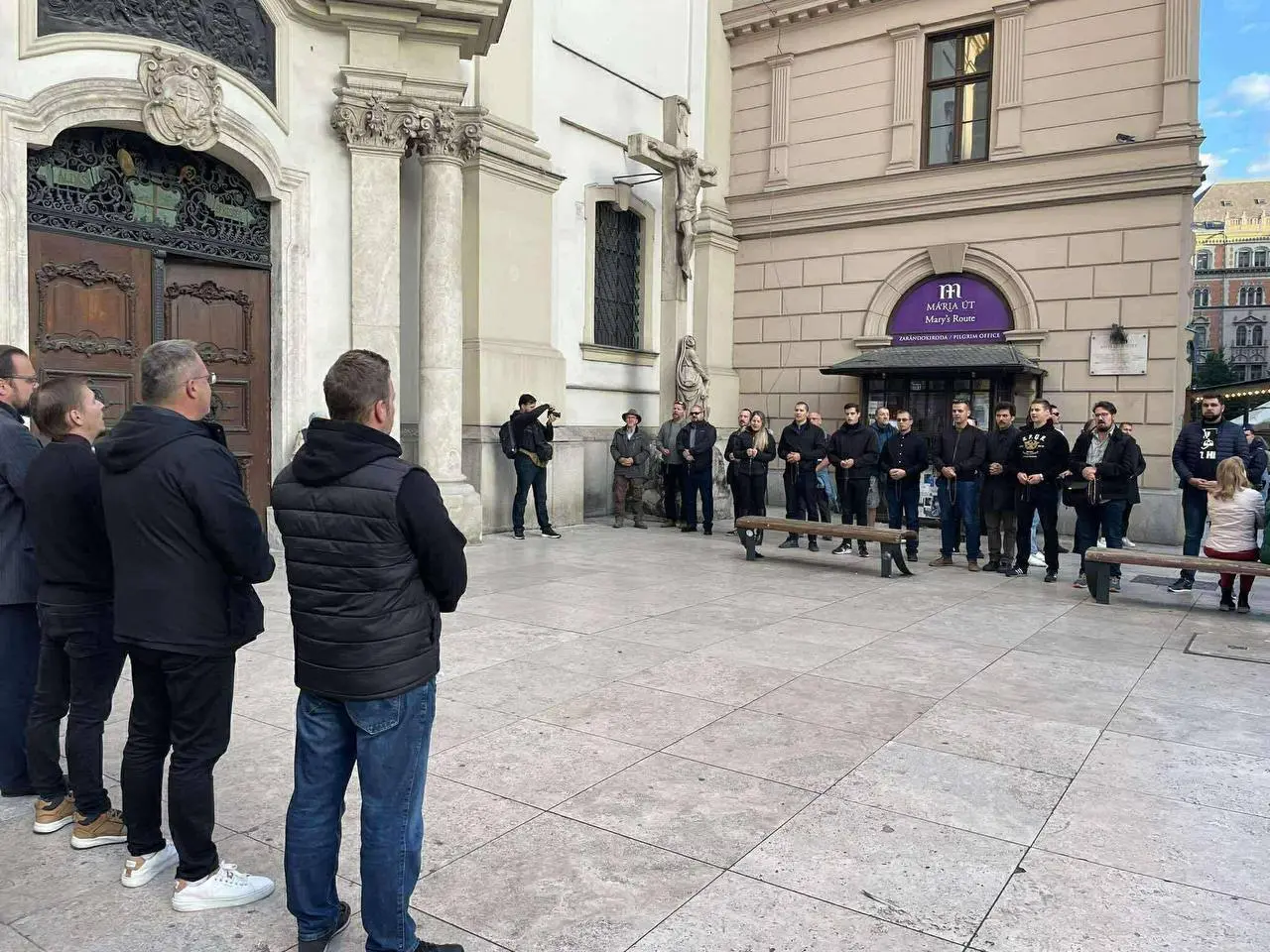 Source: Tamás Horváth
Source: Tamás Horváth
These young Hungarian Catholic men understand that defending the faith and the nation are inseparable. They see themselves as spiritual heirs to the Knights of Malta, to King Saint László who defended Christendom against invaders, and to the Hungarian soldiers who held Eger fortress against overwhelming Ottoman forces. They have rejected the sterile secularism of the West. They go to confession. They pray the rosary in public without shame. They are willing to stand physically between a mob and their priest.
Young defenders such as these have families, raise children in the faith, and commit themselves to ensuring Hungary remains both Hungarian and Catholic. Their presence at Ferenciek Square declared that this generation will not surrender that for which their ancestors gave their lives. They understand that being Hungarian means being Catholic, and being Catholic means defending sacred patrimony against all enemies, foreign and domestic.
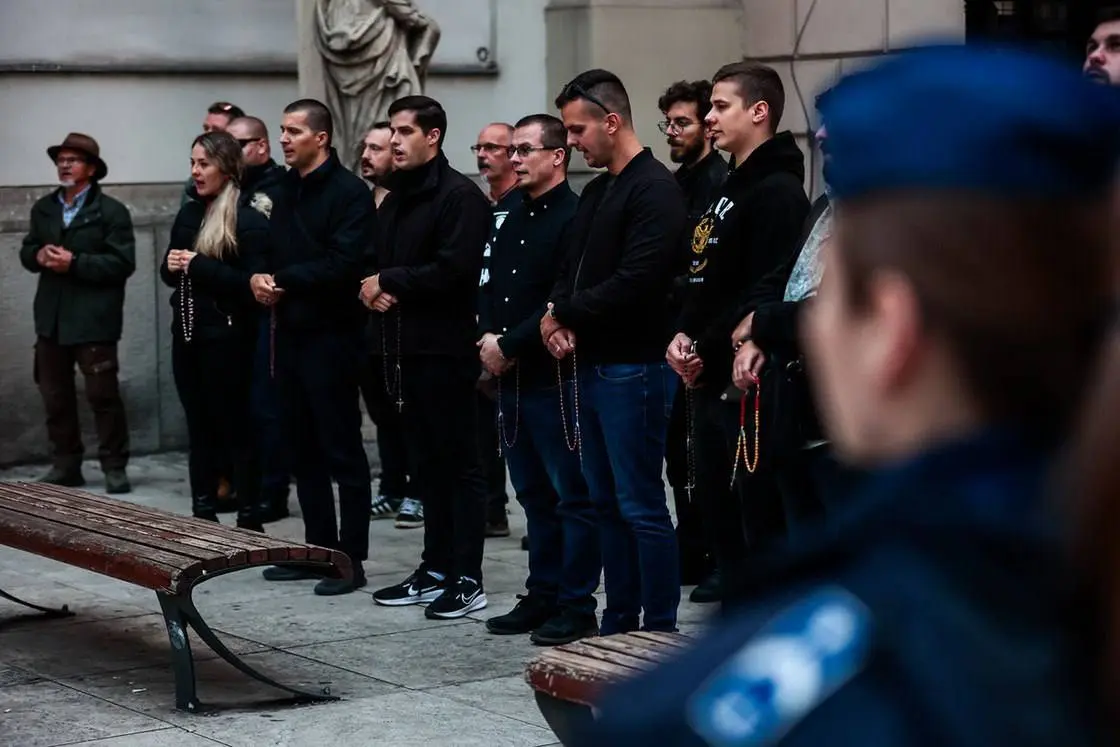 Source: Tamás Horváth
Source: Tamás Horváth
Despite Hadházy’s promise that there would be no signs or messages insulting believers this time, offensive banners were displayed again and the loudspeakers continued broadcasting provocative messages. Many observers found it particularly outrageous that police positioned themselves facing the praying Catholics, as if those reciting the rosary, not the agitators who had invaded the church the week before, were the threat. The state treated defenders of civilization as the enemy while treating civilization’s attackers as victims requiring protection.
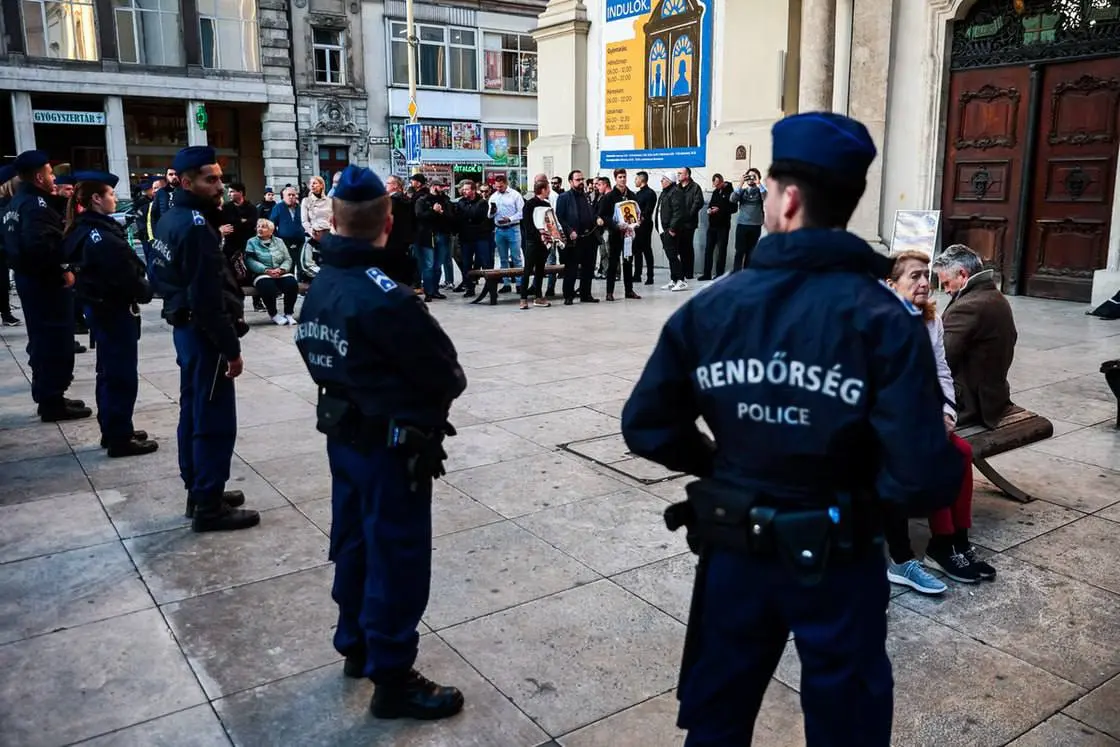 Source: Tamás Horváth
Source: Tamás Horváth
For these Catholic defenders, the stakes went beyond one incident. They saw in the attack on Father Reisz an echo of Hungary’s Communist past, when the 1919 Hungarian Bolshevik Republic and later Stalinist regimes targeted churches and clergy.
The Church of St. Peter of Alcantara at Ferenciek Square has witnessed nearly every chapter of Hungary’s turbulent history. It survived the Ottoman occupation that engulfed Hungary. It endured Béla Kun’s bloody 1919 Hungarian Bolshevik revolution, when clergy were slain and churches desecrated. It survived decades of Communist rule that systematically suppressed religious life. Yet despite these relentless attacks, the bells of this Franciscan church still ring across Budapest, calling the faithful to prayer.
The bells will continue to ring at their appointed hours, as they have through every trial. Father Pál Reisz, who survived Communist oppression and extended forgiveness to his persecutor, will continue his ministry. The young men praying the rosary outside the church represent Hungary’s answer to those who would silence those bells: Not here! Not now! Not ever!
This Gospel verse seems especially fitting here. "But whosoever shall scandalize one of these little ones that believe in me, it were better for him that a millstone were hanged about his neck, and that he were drowned in the depth of the sea" (Matthew 18:6, Douay-Rheims)
The young Catholics of Budapest have already given their answer. They understand what their forebears understood: defending the church means defending Hungary itself. Some battles must be fought at all costs.
Ferenciek Square has witnessed conquerors rise and fall. The bells have rung through wars, occupations, and revolutions alike. They will still ring when Hadházy and his followers are forgotten, when today’s ideological fashions have faded. Those bells proclaim what is eternal, and those young Catholic men defend what matters more than any passing political victory.
The faith that built Europe will not be driven from its public squares without a fight. And in Budapest, at least, young Catholic men still stand and pray when the mob comes calling.
Sources:
Lipták, Tamás. "A harangszó miatt támadta meg a templomot a balos csürhe Budapesten." Magyar Jelen, September 24, 2025.
Kemény, János. "Reisz Pál atyát évtizedeken át megfigyelte a Kádár-rendszer állambiztonsága." Magyar Jelen, September 24, 2025.
Irányi, Dániel. "Jobboldali hívők álltak ki a baloldali felforgatók által fenyegetett templom mellett." Magyar Jelen, September 30, 2025.
Additional Source Referenced: Index. (Referenced in Kemény János article for biographical information about Father Pál Reisz.)
Az X- és Telegram-csatornáinkra feliratkozva egyetlen hírről sem maradsz le!Mi a munkánkkal háláljuk meg a megtisztelő figyelmüket és támogatásukat. A Magyarjelen.hu (Magyar Jelen) sem a kormánytól, sem a balliberális, nyíltan globalista ellenzéktől nem függ, ezért mindkét oldalról őszintén tud írni, hírt közölni, oknyomozni, igazságot feltárni.
Támogatás
